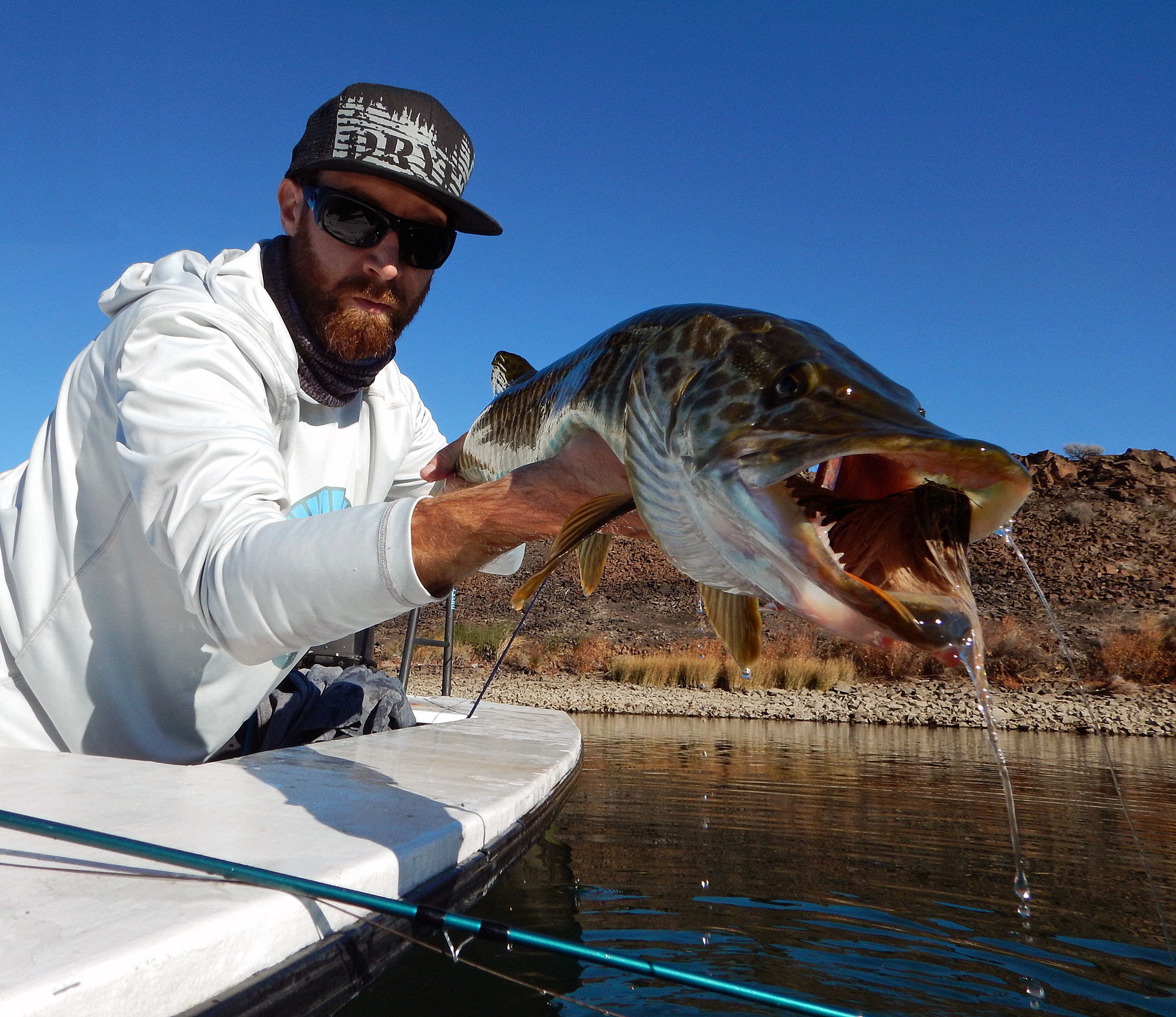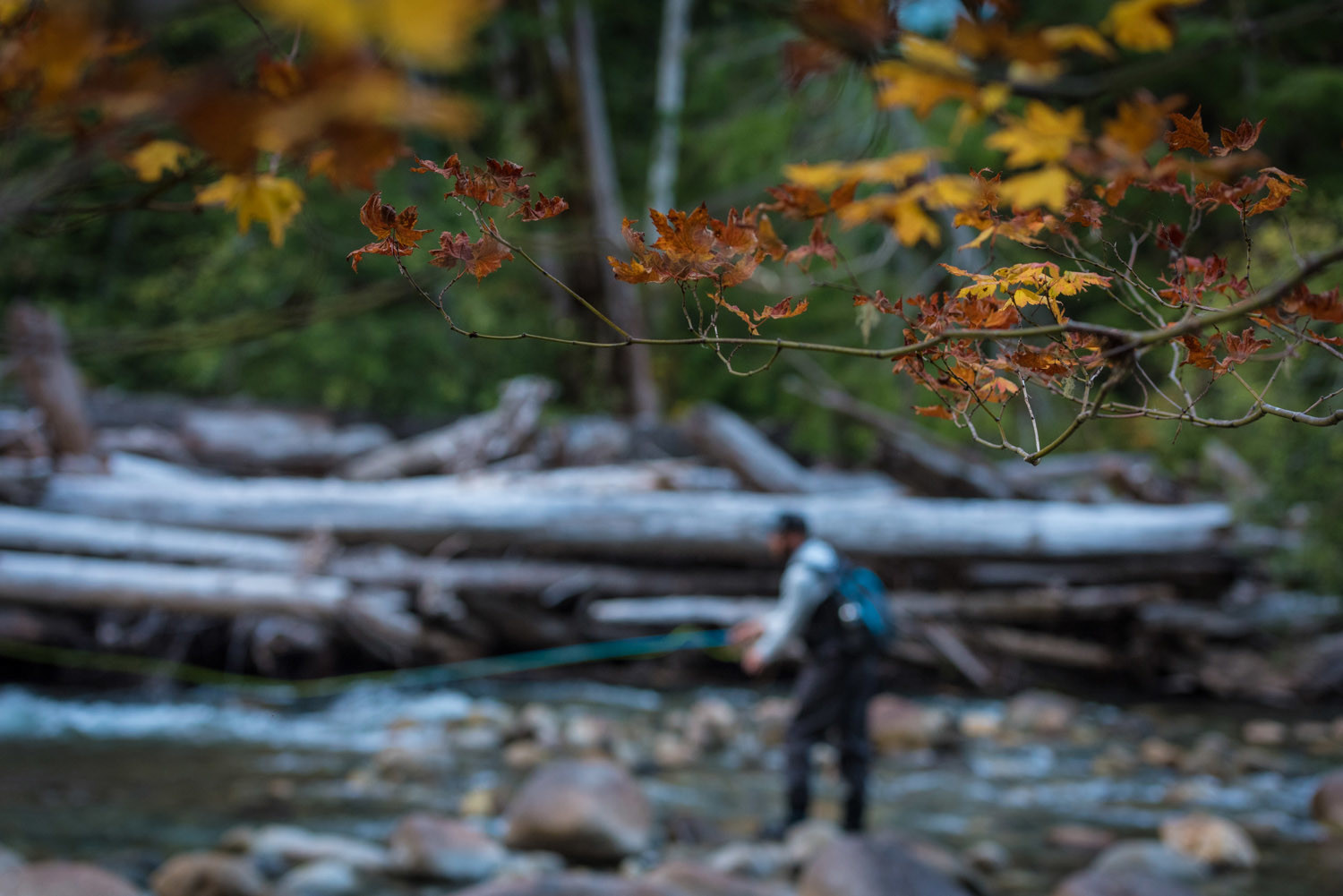You’ve probably read or heard recommendations to dry your waders between uses, for comfort and to avoid mildew damage. You might be wondering why this is so important? The main reason is to avoid mildew growing on the inside which can damage the fabric and seam tape. Some amount of condensation will always be present on the inside of waterproof breathable waders, simply because of how the fabric functions. The material used on breathable waders works in this way; there are thousands of tiny holes, that are too small for moisture (water) to fit through but are big enough for vapor or air to move through. This allows air to flow through, hence making them breathable, but keeps water from passing through. Because the human body naturally passes moisture out through the skin, a bit of condensation build up throughout the legs, feet, knees and on the ankles is normal. If you’re interested we have more information about condensation here.
How should you dry your waders?
This is the easy part. Simply hang your waders up to dry in a warm well ventilated area, allow them to dry out completely between uses, and you’ll be ready for your next trip with dry and good smelling waders. In most situations we recommend just leaving the waders right side out, and hanging them by the hanging loop or clip the front buckle ends together and hang them up somewhere warm and well ventilated.
We’ve found that the only time we need to turn the waders inside to dry the inside is after we go for an inadvertent swim. If and when you fall in the river and fill your waders up, you will need to turn them inside out to fully drain and dry the inside before storing them. And remember to always wear your wading belt for safety!
The bottom line is that it pays to dry your waders to avoid mildew damage. Mildew is not only stinky and gross (and possibly harmful to your health), but it actually damages waterproof breathable fabrics and seam tape making them more likely to wear out and need to be replaced faster.
Do you waders have funk that you’d like to get rid of? Gearaid makes great cleaning products designed to work with our waterproof breathable fabrics.
We’ll leave you with these example photos below of what to avoid! The black spots shown over the fabric and seam tape is all black mildew, doing what it does best to damage and ruin these waders. So don’t ball your waders up and leave them on the floor or in the back of your truck!













































